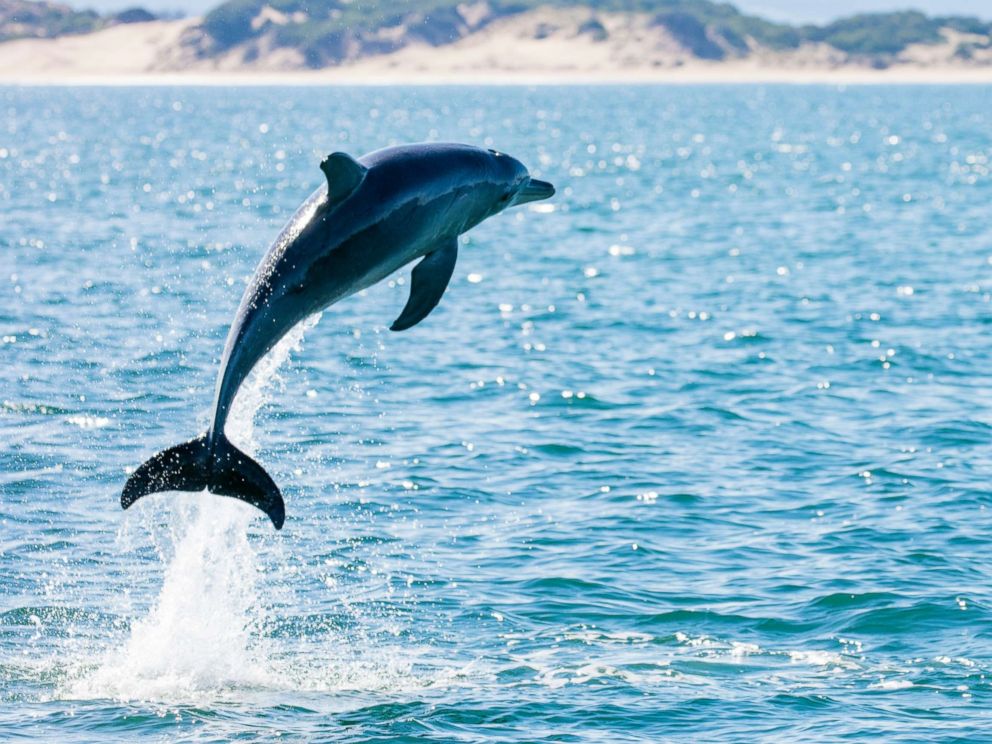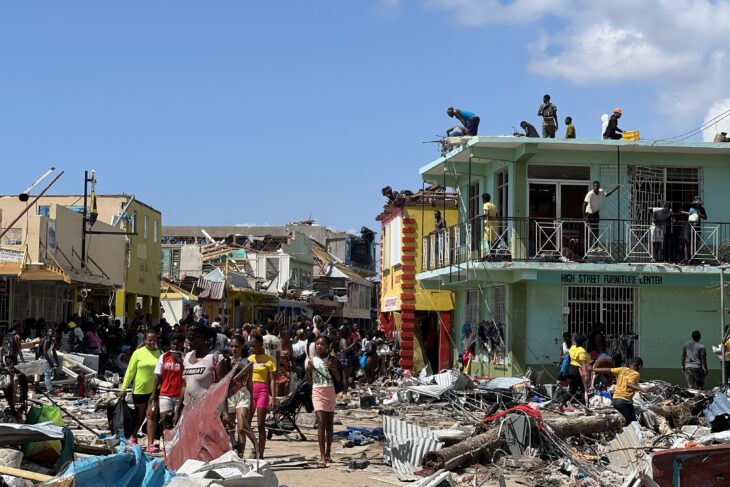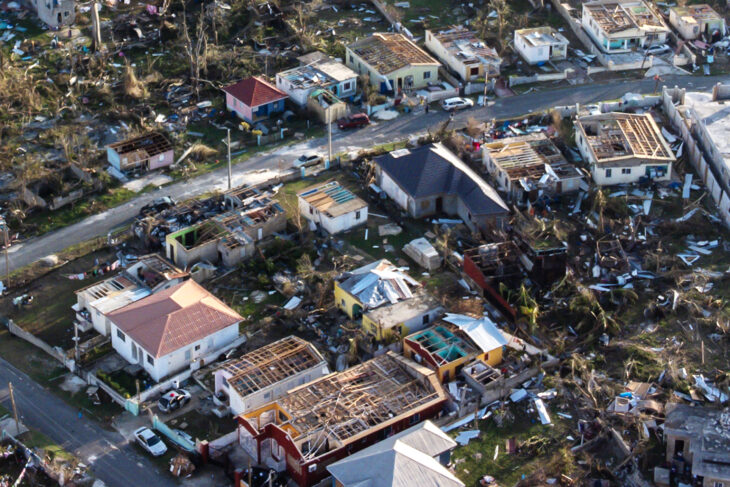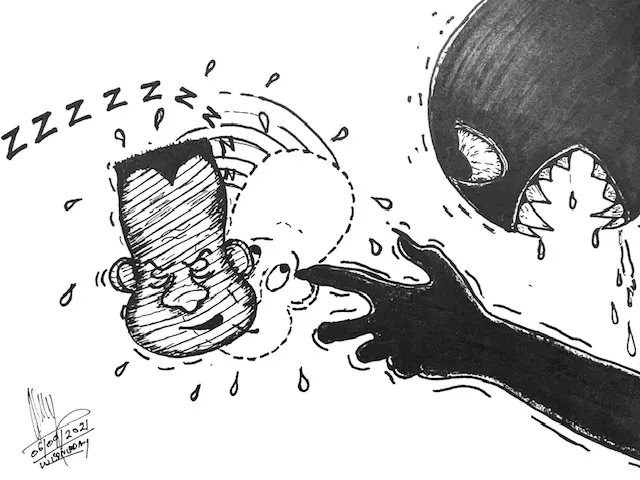
It is now six months since the dolphins arrived in Discovery Bay on March 3, which was about five weeks after the newly constructed pens were damaged by a winter storm on January 23. So it is much too soon for any impact to be seen on the sea grass or corals. Independent water quality tests have been arranged.
Wild dolphin continue to visit the pens, often spending nights in proximity. Sharks are occasionally seen, as always and thank goodness, as they are prime indicators of a healthy ecosystem (There has only been one report in recorded history of a hammerhead biting a human, so there is nothing to fear from them).
I thought it would be of interest, at this time, to describe the qualifications of the five scientists who either wrote reports or gave statements that were submitted to court and remain unchallenged. They are impressive and represent vastly more knowledge than you or I will ever have.
Dr Dayne Buddo is a Marine Ecologist, and former CEO of the Alligator Head Foundation, which is the management entity of the East Portland Fish Sanctuary as well as the secretariat for the Network of Fish Sanctuaries in Jamaica. He is on the board of the Fisheries Management and Development Fund that funds the majority of fish sanctuaries, including the Discovery Bay Fish Sanctuary. He is also the deputy chair of the Marine Park Advisory Board and a member of the CITES Scientific Authority. He spent close to a decade as lecturer and academic coordinator at the UWI Discovery Bay Marine Laboratory before he left in 2017.
He has completed more than 8,000 scuba dives around the world. He has spent many years as an environmental consultant across the Caribbean as well as being in charge of the environmental portfolio of the Urban Development Corporation. Most importantly, he served as a consultant during the development and operations of Dolphin Cove in Grand Cayman in compliance with an environmental permit from the Cayman Department of Environment, as well as for Dolphin Cove Hanover, during the assessment phase for that project.
Mr. Peter Gayle is the principal scientific officer and a co-manager at the Discovery Bay Marine Laboratory. He has responsibility for aspects of the Lab’s operation relating to scientific operations (research & teaching) and facility maintenance (machinery/equipment & boats).
In professional service, Mr. Gayle served as an advisor to and co-chair of Diving Sub-Group of the Working Group on Fisheries Management and Related Matters of the National Council on Oceans and Coastal Zone Matters (2004 to 2015).
In public service, he served as a Lieutenant (s.g.)/Captain in the Jamaica Defence Force Coast Guard (National Reserve) as the unit’s Diving & Weapons Officer. He is a member of the Jamaica Institute of Environmental Professionals; the chair for the Scientific Meetings and Publications Committee of the Association of Marine Laboratories of the Caribbean (AMLC) and an Honorary Game Warden for the National Environment and Planning Agency (NEPA). He is a director (Ecology) for Technological Environmental Management (TEM) Network Ltd.
For his M. Phil. degree, Mr. Gayle studied aspects of the “Ecology of the deep fore-reef corals at Discovery Bay” and is currently a Ph.D. candidate studying Reef Rehabilitation using coral micro-fragmentation and artificial reef techniques. He has special competence in the fields of Tropical Marine & Fisheries Ecology, Coral Reef Monitoring, Environmental Impact Assessments, Geographic Information Systems, and Integrated Coastal Zone Management. Additional skills include certification in Technical (Nitrox & Mixed Gas) Deep Diving, Underwater Photography-Videography and as an Emergency Medical Technician.
Prof. Mona Webber is a Jamaican marine biologist and ecologist with over 25 years of experience in teaching and research out of the University of the West Indies Mona campus. She is the current director of the Centre for Marine Sciences and the Discovery Bay Laboratory. She is the holder of the GraceKennedy Foundation James S. Moss Solomon Senior Chair in Environmental Management. Her research has focused on Zooplankton: their production, community structure and distribution, as well as their use as indicators of water quality. This has extended into the assessment of water quality in a range of coastal habitats including mangroves and the development of appropriate water quality indices for these lagoons. She has supervised over 30 graduate students and a large number of undergraduate research projects.
Her current research involves mangrove forests and associated lagoons found in the coastal areas of Jamaica. These, while of tremendous value, are perceived by many in the general population to be wastelands and mosquito-infested swamps. The result has been the removal of forests/trees or other destructive activities that contribute to the depletion of the mangrove wetland ecosystems.
Prof. Webber and her team of students have compiled and documented information on the biodiversity associated with mangrove areas and the essential role that mangrove ecosystems play in protecting coastlines, especially during natural disasters, and their valuable contribution to sustainable economic activities. Her research findings are made available to other scientists in 40 peer reviewed journal articles/book chapters and 32 conference presentations as well as 19 technical reports to governmental and non-governmental organisations
Dr. Guy Harvey is a 10th generation Jamaican. He attended Aberdeen University in Scotland, graduating with highest honours in Marine Biology in 1977. He obtained a PhD degree in Fisheries Management from the University of the West Indies in 1985. His depictions of sea life, especially of sport fish such as marlin, are popular with sportfishermen and have been reproduced in prints, posters, T-shirts, jewellery, clothing, and silver and other items. Dr. Harvey is also a very vocal and active marine conservation advocate, having established the Guy Harvey Research Institute (GHRI) at Nova Southeastern University in Fort Lauderdale, Florida as well as the Guy Harvey Ocean Foundation (GHOF), an organisation that funds scientific research and educational initiatives. He has a syndicated television series Guy Harvey’s Portraits from the Deep that combines the showcasing of sport fishing destinations with educational information from marine scientists in an entertainment format. His art is extensively used for licensing on different products from which funds are derived for the GHOF with emphasis on educational projects. There is a new apparel licence with Intradeco, a Miami-based vertically integrated clothing manufacturer known for their use of sustainable cotton and plastic reclaimed from the sea. The GHRI is now in its 20th year of operations and has published 135 peer reviewed papers on a variety of fish and shark species. Guy has written two books and received no less than 13 prestigious Honours and Awards. r. Harvey is also a very vocal and active marine conservation advocate, having established the Guy Harvey Research Institute (GHRI) at Nova Southeastern University in Fort Lauderdale, Florida as well as the Guy Harvey Ocean Foundation (GHOF), an organisation that funds scientific research and educational initiatives. He has a syndicated television series Guy Harvey’s Portraits from the Deep that combines the showcasing of sport fishing destinations with educational information from marine scientists in an entertainment format. His art is extensively used for licensing on different products from which funds are derived for the GHOF with emphasis on educational projects. There is a new apparel licence with Intradeco, a Miami-based vertically integrated clothing manufacturer known for their use of sustainable cotton and plastic reclaimed from the sea. The GHRI is now in its 20th year of operations and has published 135 peer reviewed papers on a variety of fish and shark species. Guy has written two books and received no less than 13 prestigious Honours and Awards.
Dr. Thomas J Goreau is a biogeochemist and marine biologist. After studying in Jamaican primary and secondary schools, he earned degrees in planetary physics at Massachusetts Institute of Technology, in planetary astronomy at California Institute of Technology, and in biogeochemistry at Harvard University (Ph.D.). With his parents he researched the coral reefs of Jamaica, and continues to conduct research on the impacts of global climate change, pollution, and new diseases in reefs across the Caribbean, Indian Ocean, and Pacific.
His current work focuses on coral reef restoration, fisheries restoration, shore line protection, renewable energy, community based coral reef management, mariculture, regenerating soil fertility, and stabilization of global carbon dioxide. He was formerly senior scientific affairs officer at the United Nations Centre for Science and Technology for Development. He is currently president of the Global Coral Reef Alliance, Biorock Technology Ltd., coordinator, Soil Carbon Alliance; coordinator, United Nations Commission on Sustainable Development Small Island Developing States Partnership in New Sustainable Technologies.
He has written more than 150 scientific papers, book chapters, and edited or written three books: Geotherapy: Innovative Methods of Soil Fertility Restoration, Carbon Sequestration, and Reversing CO2 Increase (T. Goreau, J. Campe, & R. Larsen, Eds); Innovative Methods of Marine Ecosystem Restoration (T.Goreau & R. Trench, Eds); On the Nature of Things: The Scientific Photography of Fritz Goro (T. Goreau, P. Goreau, & S. Goreau).
CBC will broadcast next year a comprehensive documentary of long term change in coral reefs worldwide, with his old, and recent footage from Jamaica, the Great Barrier Reef, Indonesia, and Bikini Atoll. His parents began the first Marine Laboratory in Discovery Bay in about 1960.
These are the experts on whom we have relied and, as you can see, Jamaica can be proud of them all. They are unanimous and specific in their objections to, and comments on, this dolphin facility in Discovery Bay. Their reports are public documents.
So many people will have read, as I have, of the inevitable deterioration and probable eventual destruction of the sea grass, corals and fish nurseries of the fish sanctuary of Discovery Bay. And the devastating effects on the dolphins themselves, of a captive existence.
Government has told us that the best way to preserve biodiversity and sustainable fisheries is not to protect individual species, but to create Special Fishery Conservation Areas; we have 14 of these, with more planned. It seems fundamentally contradictory to place a captive dolphin facility in one of them, and particularly one with limited flushing to the open sea.
What will it take for the National Environment and Planning Agency, the Natural Resources Conservation Authority, the Minister with Responsibility for the Environment, the Minister of Tourism, our Prime Minister and the operators themselves to read these reports, to listen to our distinguished experts, and to act with caution and a sense of responsibility in the interests of preserving our environment? Discovery Bay has many problems but a solution to one of them is simple. Our group will continue to work towards our goal in all ways available to us.
Please, if you all will, join us on Facebook “Save Discovery Bay”. Your voices matter. The petition now has 26,001 signatures.



